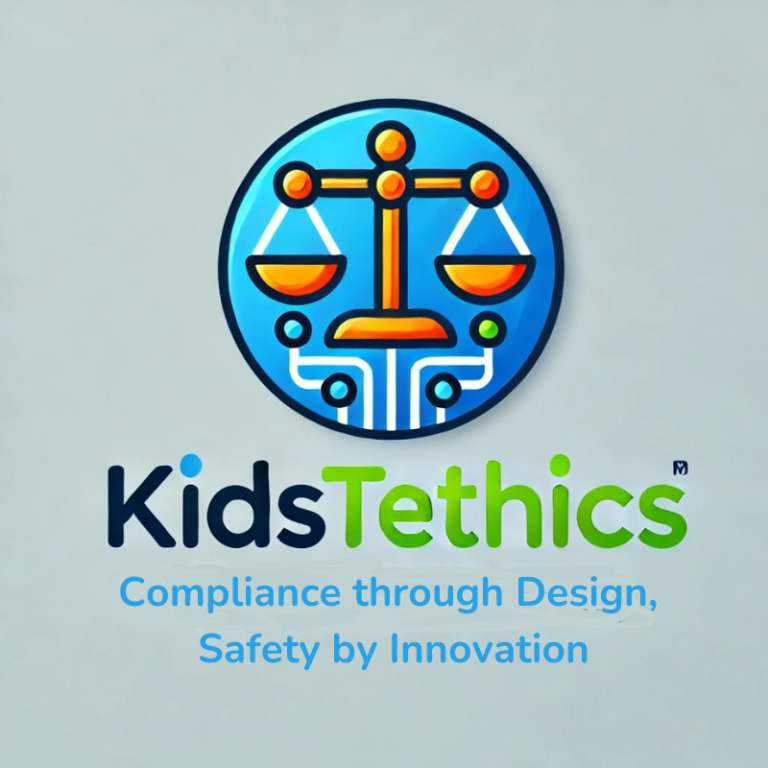In today’s digital landscape, where user-generated content (UGC) plays a central role, ensuring a safe and responsible online environment is paramount. With the implementation of regulations like the Digital Services Act (DSA), C-suite executives and board members face new challenges regarding content moderation and the duty of care, particularly concerning children’s safety. Let’s explore key considerations and strategies for addressing these critical issues.
First and foremost, C-suite executives and boards must recognize the importance of proactive content moderation policies. This involves implementing robust mechanisms to detect and remove harmful or inappropriate content swiftly. Investing in AI-powered moderation tools, combined with human oversight, can help strike the right balance between efficiency and accuracy in content moderation processes.
Moreover, a clear understanding of the duty of care towards children is essential. With the rising digital engagement of young users, platforms must prioritize their safety and well-being. This includes adhering to age-appropriate content guidelines, enforcing strict privacy measures, and empowering users with effective reporting mechanisms for inappropriate content.
Under the DSA, platforms hosting UGC must take responsibility for ensuring the safety of all users, including children. This entails establishing age verification measures, moderating content based on age appropriateness, and providing parental controls to safeguard minors’ online experiences. C-suite executives and boards should work closely with legal and compliance teams to ensure full compliance with DSA requirements while upholding the duty of care to children. Additionally, it’s essential to ensure that engineers, data scientists, and human reviewers understand the company’s policies and shared moral framework, which should be publicly displayed to users. This alignment ensures that moderation efforts are consistent and reflect the company’s commitment to safety and responsibility.
Furthermore, fostering collaboration with regulatory authorities and child protection organizations is crucial. By engaging in dialogue and sharing best practices, companies can stay abreast of evolving regulatory expectations and industry standards in content moderation and child safety.
Transparency and accountability are integral components of an effective content moderation strategy. C-suite executives and boards should prioritize regular audits and assessments of their moderation practices, ensuring alignment with regulatory mandates and company values. Communicating these efforts to stakeholders, including shareholders, customers, and the public, builds trust and reinforces the company’s commitment to safety and responsibility.
In conclusion, navigating content moderation and the duty of care to children requires a proactive and multifaceted approach. By implementing robust moderation policies, adhering to regulatory requirements, and prioritizing transparency and accountability, C-suite executives and boards can create safer online environments for users of all ages. Embracing these principles not only mitigates risks but also fosters trust and integrity in the digital ecosystem.
